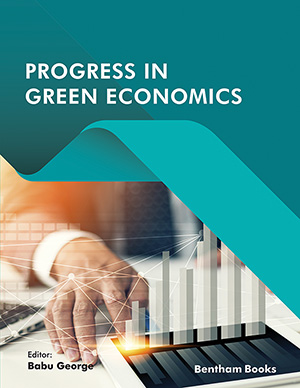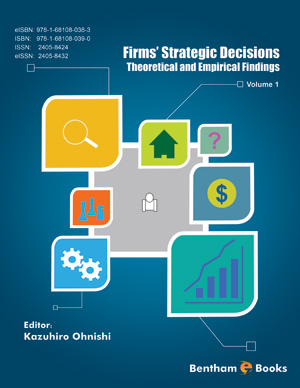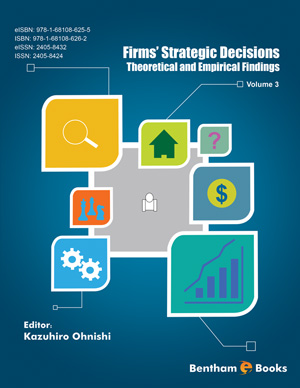The “FEWW” Nexus in Green Economics for Asian Countries
Page: 1-16 (16)
Author: Hari Srinivas*
DOI: 10.2174/9789815050172122010003
PDF Price: $15
Abstract
Green Economic Transition Scenarios in the Arctic Region
Page: 17-45 (29)
Author: Filip Lestan* and Sajal Kabiraj
DOI: 10.2174/9789815050172122010004
PDF Price: $15
Abstract
Green Economy in the Services: The Context of Protected Area Tourism
Page: 46-63 (18)
Author: Supriya Dam*
DOI: 10.2174/9789815050172122010005
PDF Price: $15
Abstract
Strategic Policies for Green Economy: A Conceptual Analysis
Page: 64-74 (11)
Author: Mauricio Umana*
DOI: 10.2174/9789815050172122010006
PDF Price: $15
Abstract
Green Economy For Sustainable Development
Page: 75-86 (12)
Author: Michael Adelowotan*
DOI: 10.2174/9789815050172122010007
PDF Price: $15
Abstract
Case Studies In Green Banking
Page: 87-107 (21)
Author: Varaidzo Denhere*
DOI: 10.2174/9789815050172122010008
PDF Price: $15
Abstract
Lean Six Sigma as a Methodology to Implement Green Economics Initiatives
Page: 108-122 (15)
Author: Abeni El-Amin*
DOI: 10.2174/9789815050172122010009
PDF Price: $15
Abstract
Introduction
Green economics refers to the discipline in which economists and businesses pursue policies that are conducive to minimizing environmental and ecological damage and therefore sustainable development. Progress in Green Economics primarily focuses on developments in the transition of different industries and sectors to a sustainable, environment-friendly economic model. The book presents 7 chapters that cover different topics that reflect these developments in the field from a number of academic and practical angles. The topics covered in the book include a review of the Food Energy Water Waste (FEWW) paradigm in Asian countries, an analysis of green economic forces in the Arctic region, green economics for protected area tourism, a conceptual analysis of green economics strategy, sustainable development and green banking in South Africa, and six sigma methodology for implementing green economic policies in different industries. Each chapter is organized into reader-friendly sections and is supplemented with references for the benefit of more involved scholars. The multi-regional perspectives, along with the theoretical and practical information on the topic make this reference a timely and handy resource on green economics and sustainable development for academics, scholars, industrialists, policymakers and economics enthusiasts alike.









.jpg)


